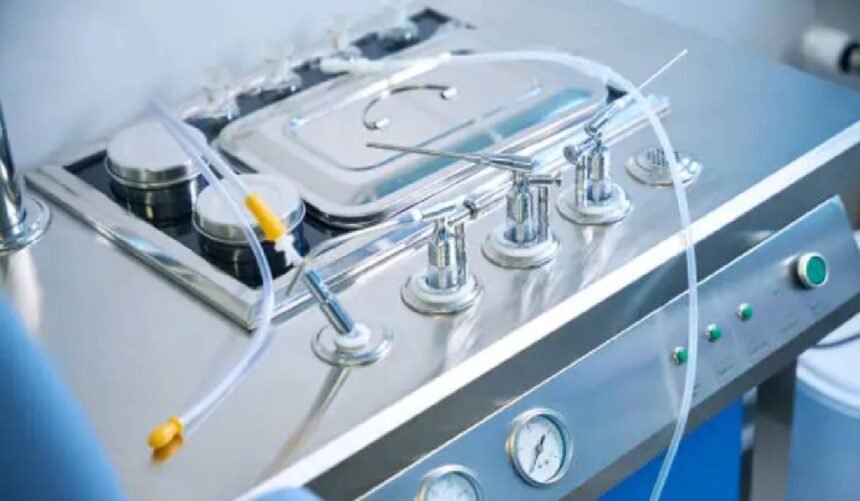In the world of medical manufacturing, ensuring every part is spotless, precisely formed, and perfectly safe is non-negotiable. When machines produce components for surgical tools, implants, filters, or diagnostic devices, the cleanliness, accuracy, and consistency of each piece matter enormously. That is where top-tier machinery comes in — machines that handle every step from metering to mixing to curing in environments built to deliver immaculate performance. In this blog, we will look inside how a machine makes a clean part in the context of medical-grade polyurethane (PU) equipment, and highlight how advanced systems for polyurethane processing equipment and polymer processing deliver the required results.
The role of metering and mixing
What precision metering does
Every clean part starts with exact proportions. In medical-grade PU manufacturing, two (or more) chemical streams must be metered at precise flow rates. Any deviation in ratio can lead to defects, contamination risks, or performance failures (for example, poor biocompatibility or off-gassing). Modern machines use servo-driven metering pumps and closed systems that maintain ratio accuracy within tenths of a percent. That capability is essential in polymer processing for medical parts.
How mixing ensures uniformity
Once the components are metered, they are mixed thoroughly — often under high pressure and in turbulent conditions so that no unmixed pockets or weak zones remain. Incomplete mixing would compromise part integrity, and in medical applications, that is unacceptable. Machines designed for polyurethane processing equipment include optimized mix heads, often with impingement or high-shear mixing, plus automated cleaning cycles to avoid cross-contamination.
Clean environment and filtration
Contamination control
Medical-grade parts demand extremely low levels of particulates, solvents, unreacted monomers, and microbial contamination. Machines are therefore built with sealed enclosures, inert gas atmospheres if needed, and strict filtration of both air and material streams. Any stray dust, moisture, or chemical residue can compromise sterilisation or durability.
Filtration of raw materials and waste
Before entering the machine, raw resins, catalysts, blowing agents (if foam is involved), and modifiers go through filtration and degassing. Downstream, waste and off-spec material must be captured and disposed of without risking cross-contamination of the production line. Well-designed equipment includes safety valves, diverter systems, and purge loops for maintenance without shutting down the entire system.
Curing, inspection, and finishing
Controlled curing
Once mixing is done and material is dispensed, controlled curing is critical. Temperature, pressure, time, and environment (e.g., vacuum or controlled humidity) all matter. Inconsistent curing can leave parts sticky, under-hardened, or with hidden defects. The best machines include automated temperature control and monitoring, with records that support traceability.
Inspection and cleaning of parts
After curing, parts are inspected — sometimes using optical, ultrasonic, or x-ray methods — to confirm no voids, bubbles, or contamination exist. Before packaging, parts often undergo cleaning (e.g., rinsing or plasma cleaning) and drying in sterile zones. The machine’s integration with these downstream steps ensures the finished part truly qualifies as “clean”.
Why machine selection matters
Not all generic mixing machines are suited for medical production. The right design, with emphasis on ratio accuracy, cleaning cycles, automation, data logging, and certification support, makes a big difference in cost, quality, and regulatory compliance. A well-engineered solution tailored for medical PU parts will reduce scrap, boost throughput, and maintain high cleanliness standards.
Producing a clean medical-grade polyurethane part is far more than simply pouring resin into a mould. It demands precise metering, thorough mixing, contamination control, strict curing, and careful inspection — all supported by machinery engineered for medical production. By investing in the right polyurethane processing equipment and ensuring robust polymer processing workflows, manufacturers can deliver parts that meet stringent safety and performance standards. In short: clean design, clean process, clean parts.







